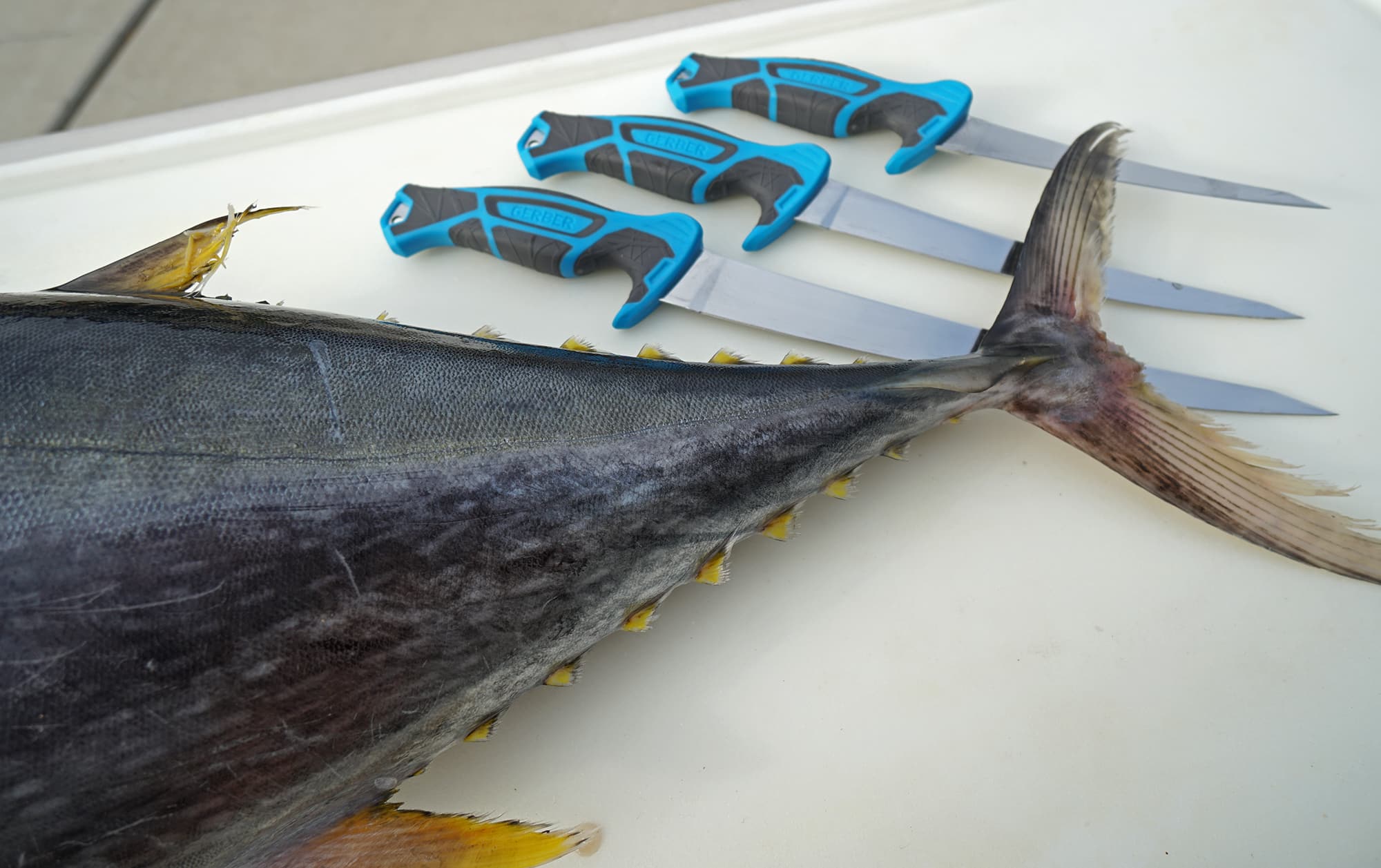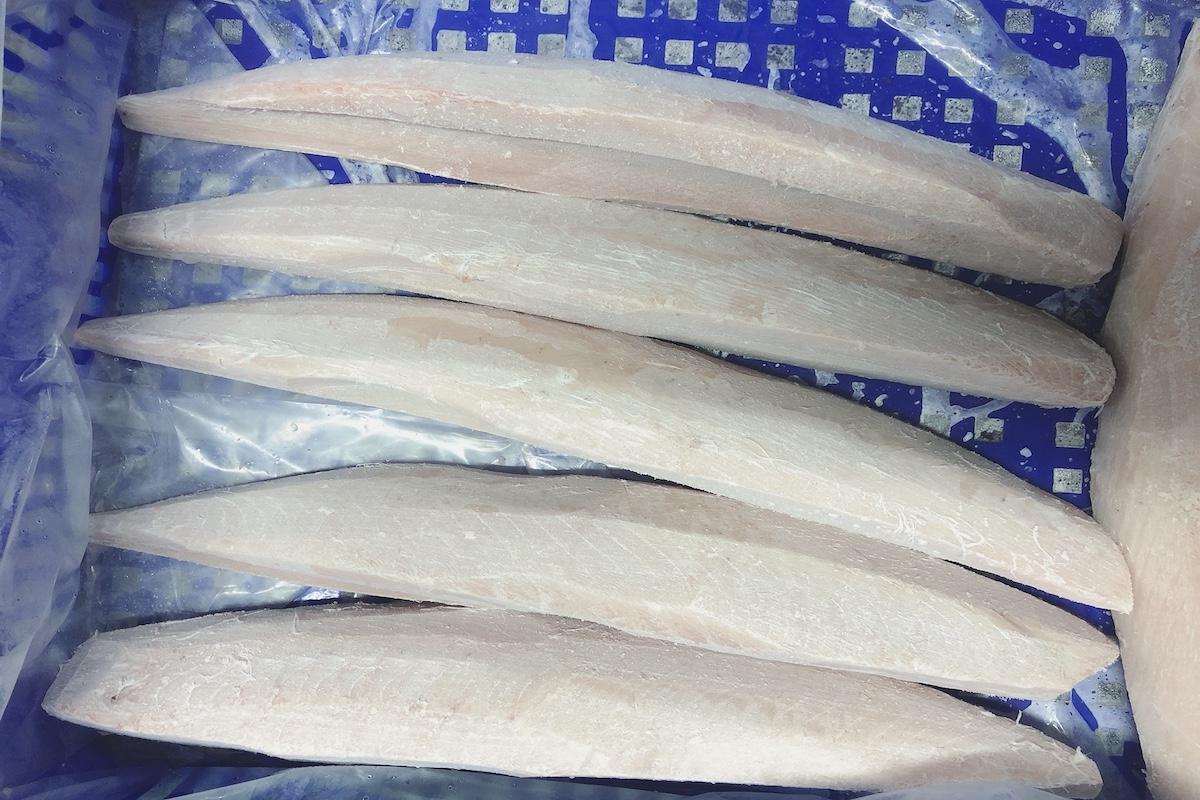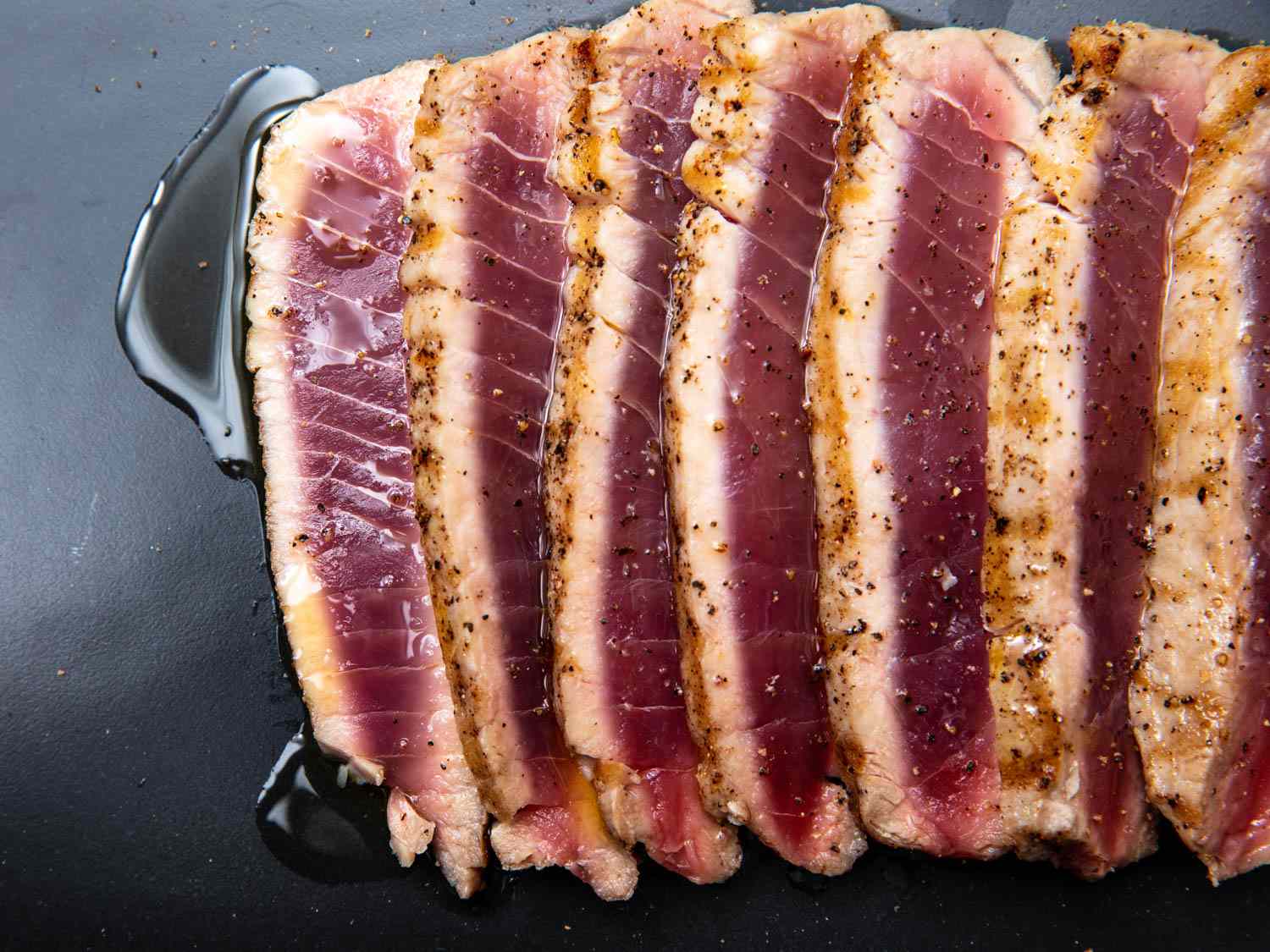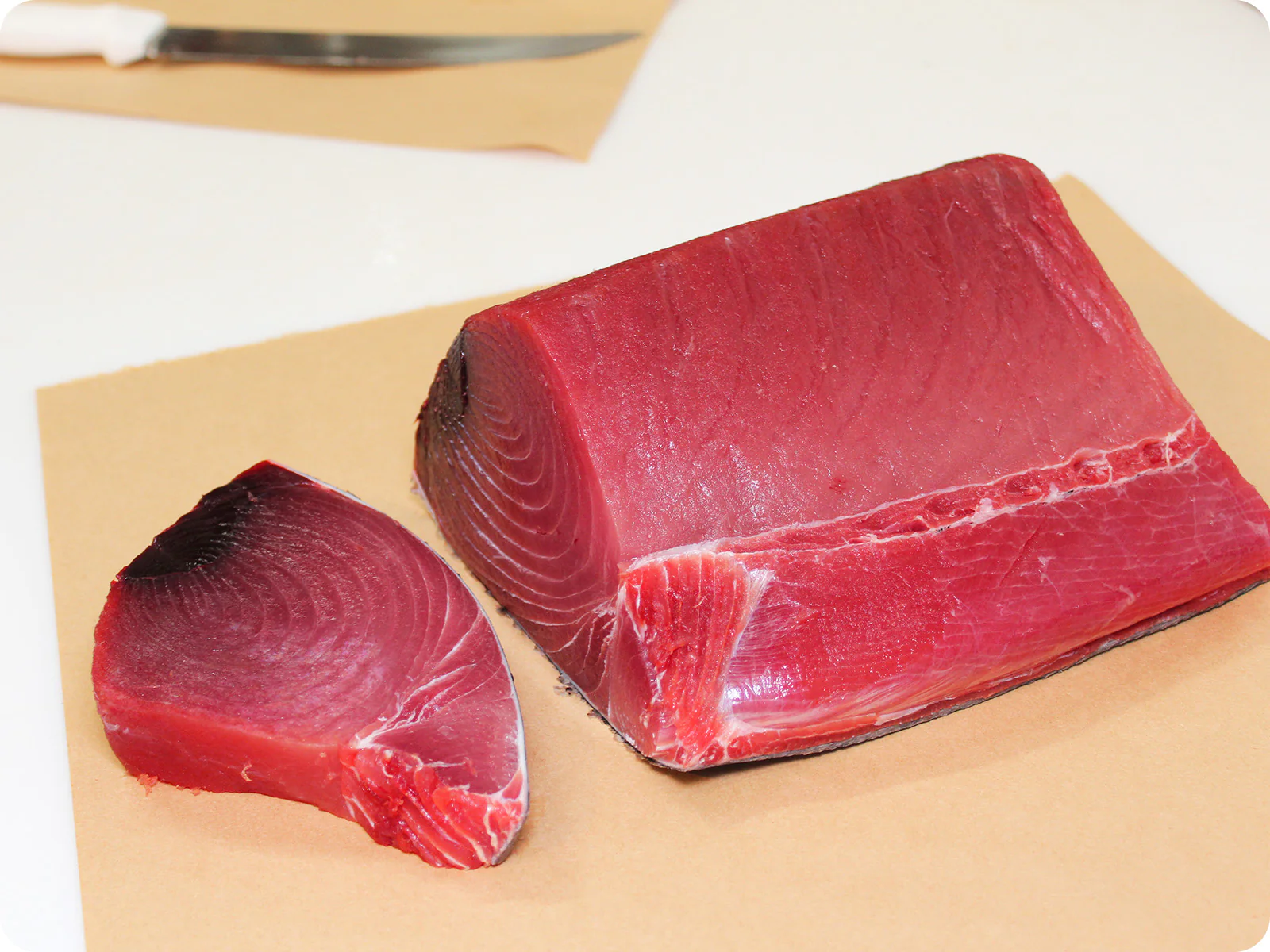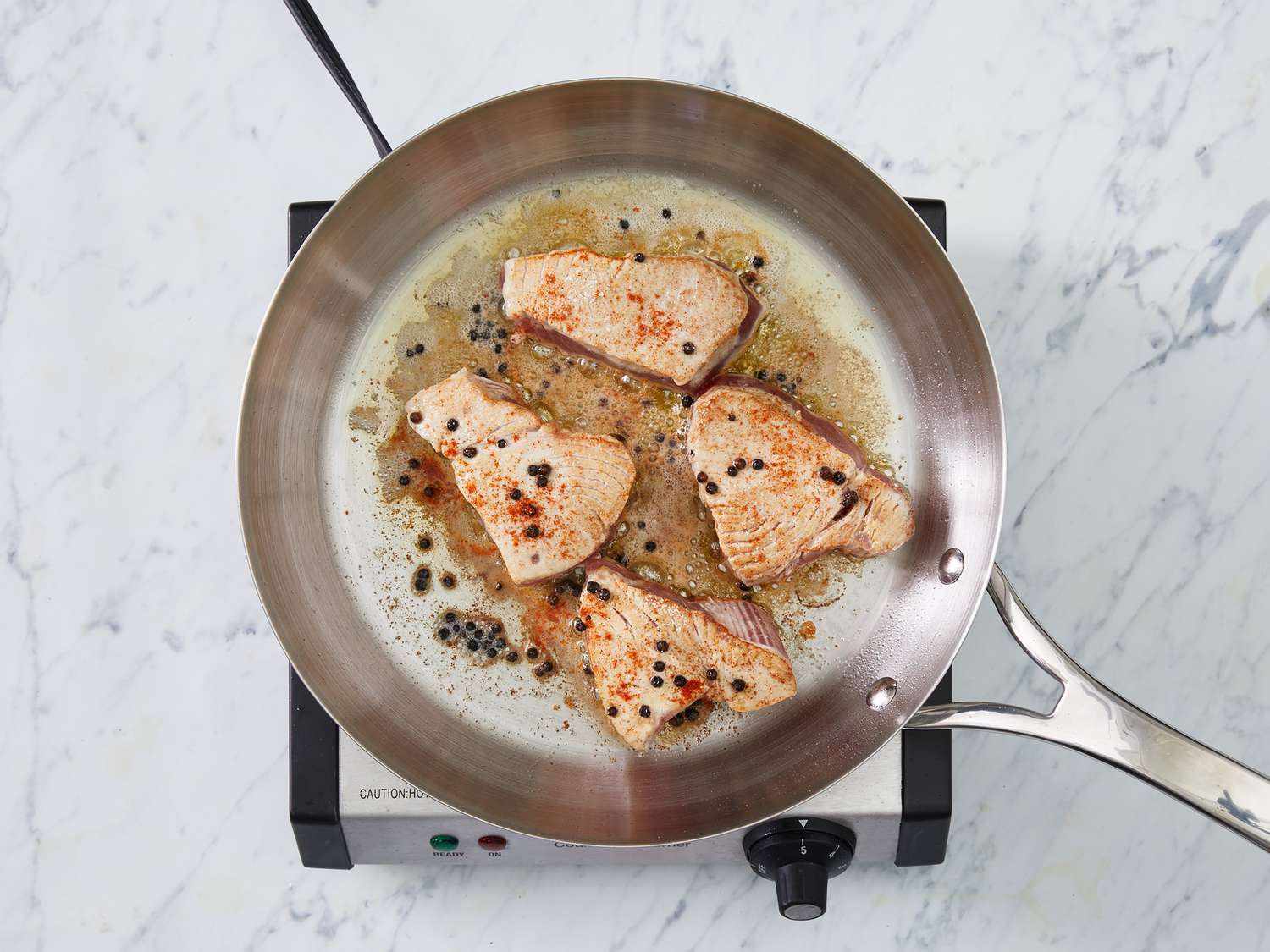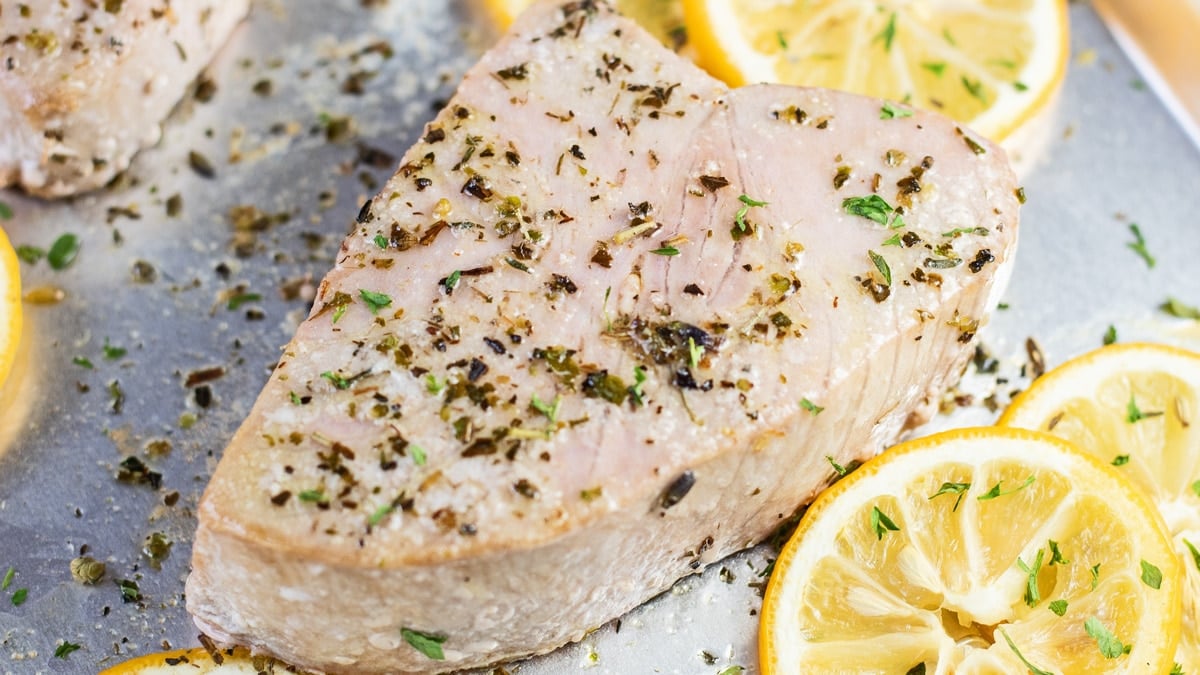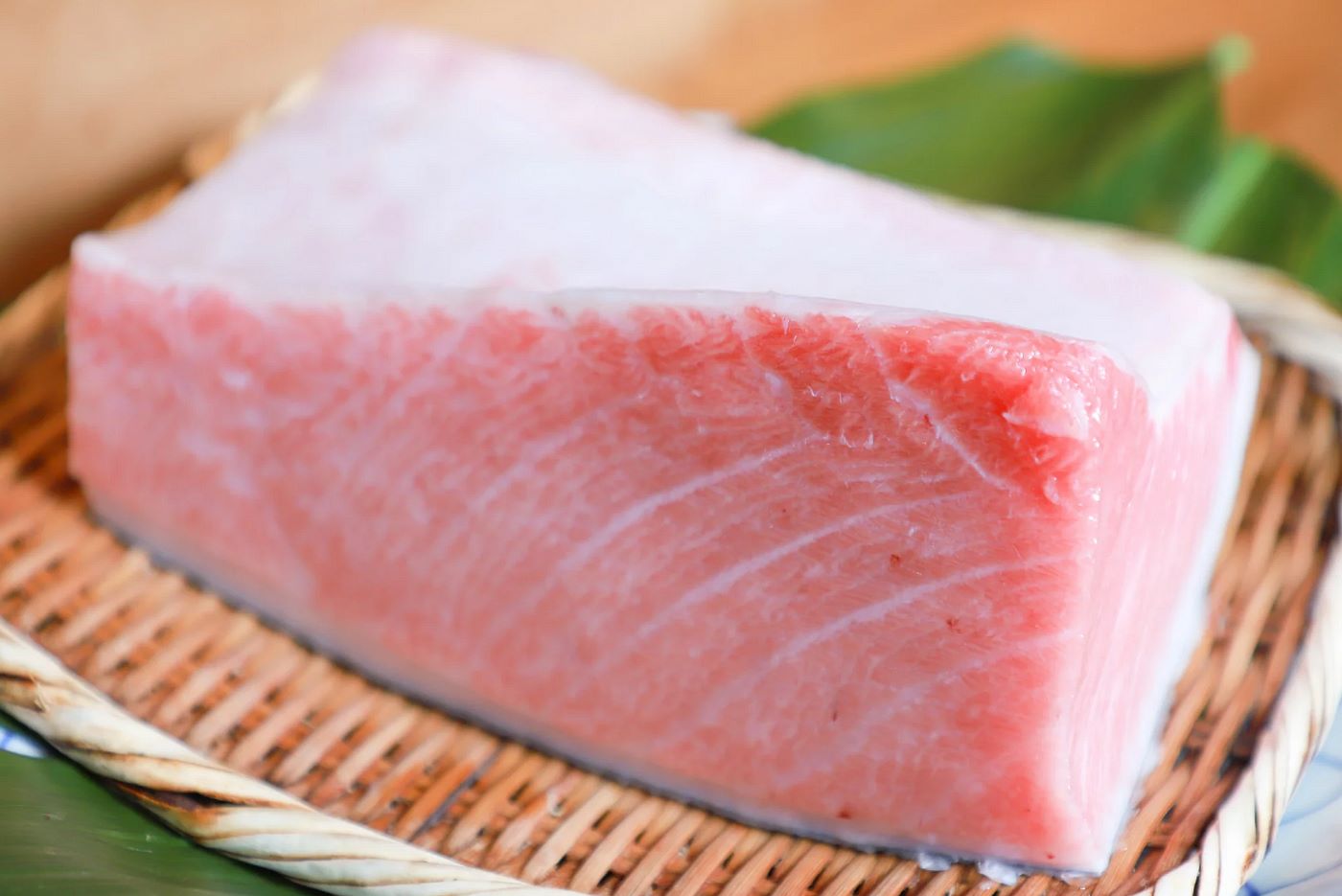Step-by-Step Guide on How to Fillet a Tuna Fish
Are you ready to learn how to fillet a tuna fish like a pro? Tuna is a delicious and versatile fish that can be enjoyed in a variety of dishes, from sushi to seared steaks. Learning how to properly fillet a tuna fish will give you access to fresh, high-quality tuna that you can use in your favorite recipes. Follow these simple steps to master the art of filleting a tuna fish.
What You’ll Need
- Whole tuna fish
- Sharp fillet knife
- Cutting board
- Paper towels
- Bowl of ice water
Step 1: Prepare Your Work Area
Start by laying out your cutting board and placing the whole tuna fish on top. Make sure your work area is clean and well-lit to ensure you can see what you’re doing.
Step 2: Remove the Head and Tail
Using a sharp fillet knife, carefully cut off the head and tail of the tuna fish. This will make it easier to access the meat and prepare it for filleting.
Step 3: Make the Initial Incision
Locate the backbone of the tuna fish and make a shallow incision along one side of the backbone, starting from the head end and working towards the tail. Be sure to use smooth, steady strokes with your knife.
Step 4: Separate the Fillet
Once you’ve made the initial incision, use the tip of your knife to carefully separate the fillet from the backbone. Work your way down the length of the fish, keeping the blade as close to the bones as possible to maximize the amount of meat you can extract.
Step 5: Repeat on the Other Side
After removing the first fillet, flip the tuna fish over and repeat the process on the other side. Take your time and be gentle to ensure you don’t waste any of the delicious tuna meat.
Step 6: Remove the Skin
Once you have both fillets removed, it’s time to remove the skin. Lay each fillet skin-side down on the cutting board and carefully slide your knife between the meat and the skin, using a back-and-forth motion to separate the two.
Step 7: Trim and Clean the Fillets
Inspect the fillets for any remaining bones or dark meat, and use your knife to carefully trim away any unwanted parts. Once the fillets are clean, rinse them under cold water and pat them dry with paper towels.
Step 8: Store or Prepare for Cooking
If you’re not using the tuna fillets right away, place them in a bowl of ice water to keep them fresh until you’re ready to cook. Otherwise, you can season and cook the fillets according to your favorite tuna recipe.
Now that you know how to fillet a tuna fish, you can enjoy the freshest, most flavorful tuna in your homemade dishes. Practice makes perfect, so don’t be discouraged if your first attempt isn’t flawless. With time and experience, you’ll become a tuna filleting expert!
